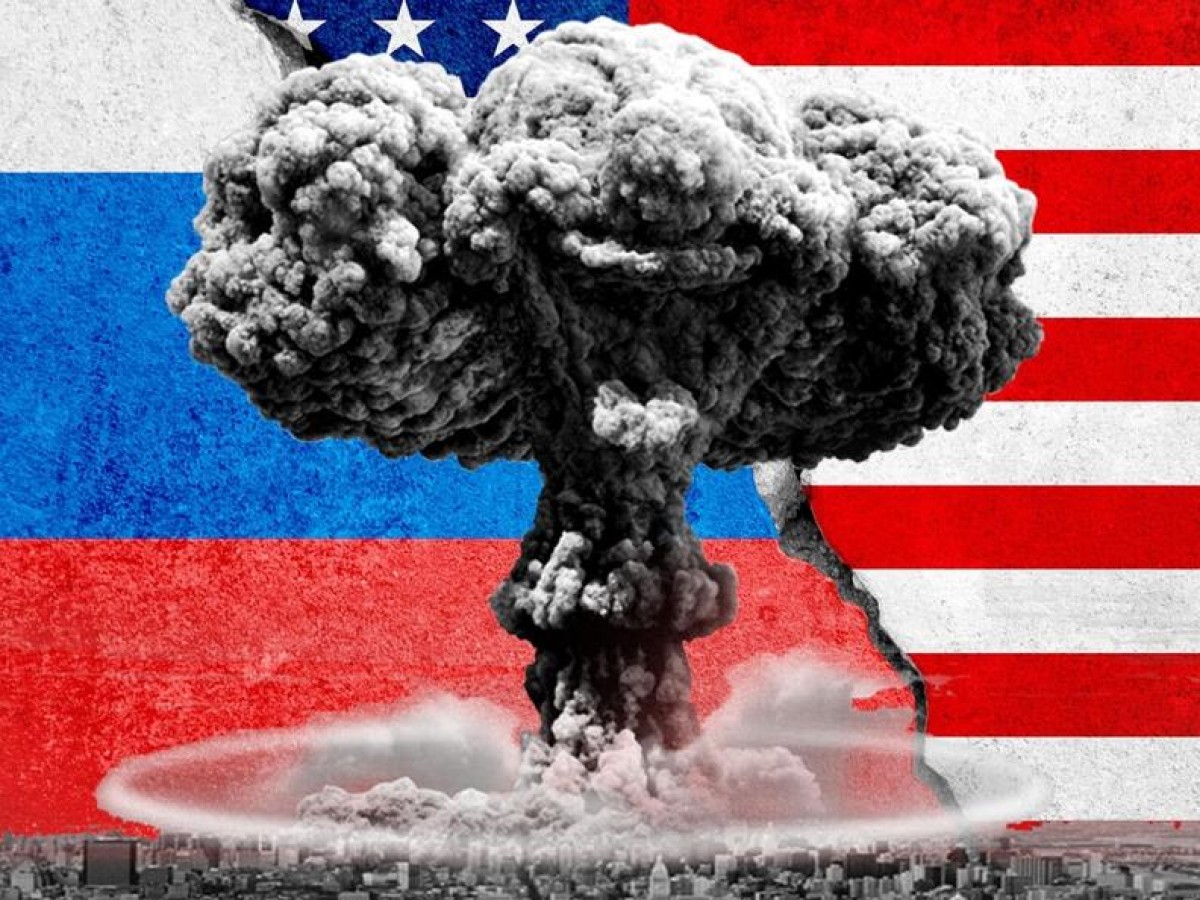1923 Views
A Nuclear Secret the West Prefers to Keep Quiet
During the Cold War, the Soviet Union and Western countries were locked in fierce competition over nuclear energy and weapons development. However, following the collapse of the Soviet Union, a favorable opportunity emerged for cooperation between Russia and the West in areas such as energy transfer, nuclear safety, and even disarmament. In this context, Russia's state nuclear energy corporation, Rosatom, became increasingly active in the construction of nuclear power plants and the export of nuclear technology in the 1990s. From 1993 to 2013, the Russian Federation converted its stockpiled weapons-grade uranium into reactor-grade fuel and sold it to the United States. During the same period, Rosatom signed agreements with Western companies such as France’s Areva and Germany’s Siemens for reactor construction and fuel supply, and continued its operations.
With the onset of the Russia-Ukraine conflict in 2022, framed as Russia’s “special military operation,” Western pressures to cut nuclear cooperation with Russia—regardless of the consequences—increased dramatically, followed by the implementation of a series of sanctions against Moscow. In reality, however, Russia has continued to serve as a key supplier of nuclear fuel to several Western power plants. As reported by RT, Hungary’s Foreign Minister disclosed that a significant number of companies within the European Union continued to cooperate and trade with Russia despite the bloc’s sanctions. In other sectors, particularly energy, many Russian energy clients have also sought to remove barriers to collaboration with Moscow. Hungarian Prime Minister Viktor Orbán had previously stated that he would veto the European Commission’s proposal to ban Russian oil and gas imports to EU countries by 2027, warning that such a measure would impose severe economic burdens on Hungarian households and businesses.
At the same time, criticisms have mounted over the West’s double standards regarding Russia. Reflecting this sentiment, Mao Ning, spokesperson for China’s Foreign Ministry, recently asserted that most countries—including EU member states—still maintain trade relations with Moscow.
Today, in the field of nuclear energy supply, Rosatom, acting on behalf of the Russian government, continues expanding its global footprint. Russian firms are currently constructing over one-third of all new nuclear reactors worldwide. Consequently, experts believe the European Union remains heavily dependent on Russian nuclear fuel. Rosatom, considered the biggest rival of Western nuclear energy companies, has recently declared its intention to broaden international cooperation. The goal, as stated, is to globalize Rosatom’s nuclear operations and expand its market presence—particularly in Asia, Africa, and Latin America. Notably, Rosatom has had major projects in Egypt (El Dabaa Nuclear Power Plant), Iran (Bushehr), India, and Turkey (Akkuyu), among others.
This steady expansion of ties in recent years has also led to deeper collaboration between Rosatom and the International Atomic Energy Agency (IAEA). As part of this cooperation, a joint meeting between IAEA Director-General Rafael Grossi and Rosatom CEO Alexey Likhachev was held in Moscow in February, resulting in an agreement to deploy a new team of IAEA inspectors to the Zaporizhzhia nuclear power plant—the largest in Europe—via Russian territory. A new round of consultations between Russia and the IAEA is expected to be held in June, focusing on safety and security issues related to nuclear facilities and enhancing agency oversight at Zaporizhzhia, which is located in Russian-controlled areas.
Despite ongoing geopolitical tensions, U.S.-Russia dialogue on nuclear energy and enriched uranium has persisted over the years. The U.S. demand for Russian-enriched uranium has ensured the continuation of such engagement. Although U.S. President Joe Biden signed legislation banning the import of Russian uranium, Russia responded by stating that it would impose its own restrictions on uranium exports to the U.S. Nevertheless, Russia has remained the largest exporter of enriched uranium to America in recent years. In 2023 alone, the U.S. imported more than 700 tons of enriched uranium from Russia, valued at approximately $1.3 billion. Rosatom CEO Alexey Likhachev has pointed out that, despite all the bans, the U.S. continues to purchase Russian uranium because it is highly cost-effective.
Still, the U.S. has allocated a budget of $2.7 billion to expand its domestic uranium enrichment capacity to prepare for potential future shortages. While American efforts to boost enriched uranium production are growing, current market realities reveal a deep contradiction between political ambitions and economic necessities—in simpler terms, they underscore the tangible impact of Western economic interests and the consequences of sanctions on their own economies.
Thus, it is becoming increasingly evident that despite sweeping Western sanctions imposed on Russia following the Ukraine conflict, nuclear cooperation has persisted—largely due to the West’s dependence on Russian resources, which play a crucial role in the global nuclear fuel supply chain. Russia accounts for roughly 46% of global uranium conversion capacity and controls about 40% of enrichment capabilities, supplying fuel for countries like the Czech Republic, Slovakia, Bulgaria, and Hungary. Electricity generation in some European nations remains tied to continued cooperation with Rosatom, and any disruption could reduce power output, increase reliance on gas, and drive up energy production costs.
In conclusion, many Western analysts have warned that unilateral sanctions against Russia are harming the sanctioning countries more than Russia itself. One of the clearest examples of this is the West’s reliance on Russian nuclear fuel and the ongoing cooperation of many Western nations with Rosatom.
*Translated by Ashraf Hemmati from the original Persian article written by Navid Daneshvar

Comment
Post a comment for this article